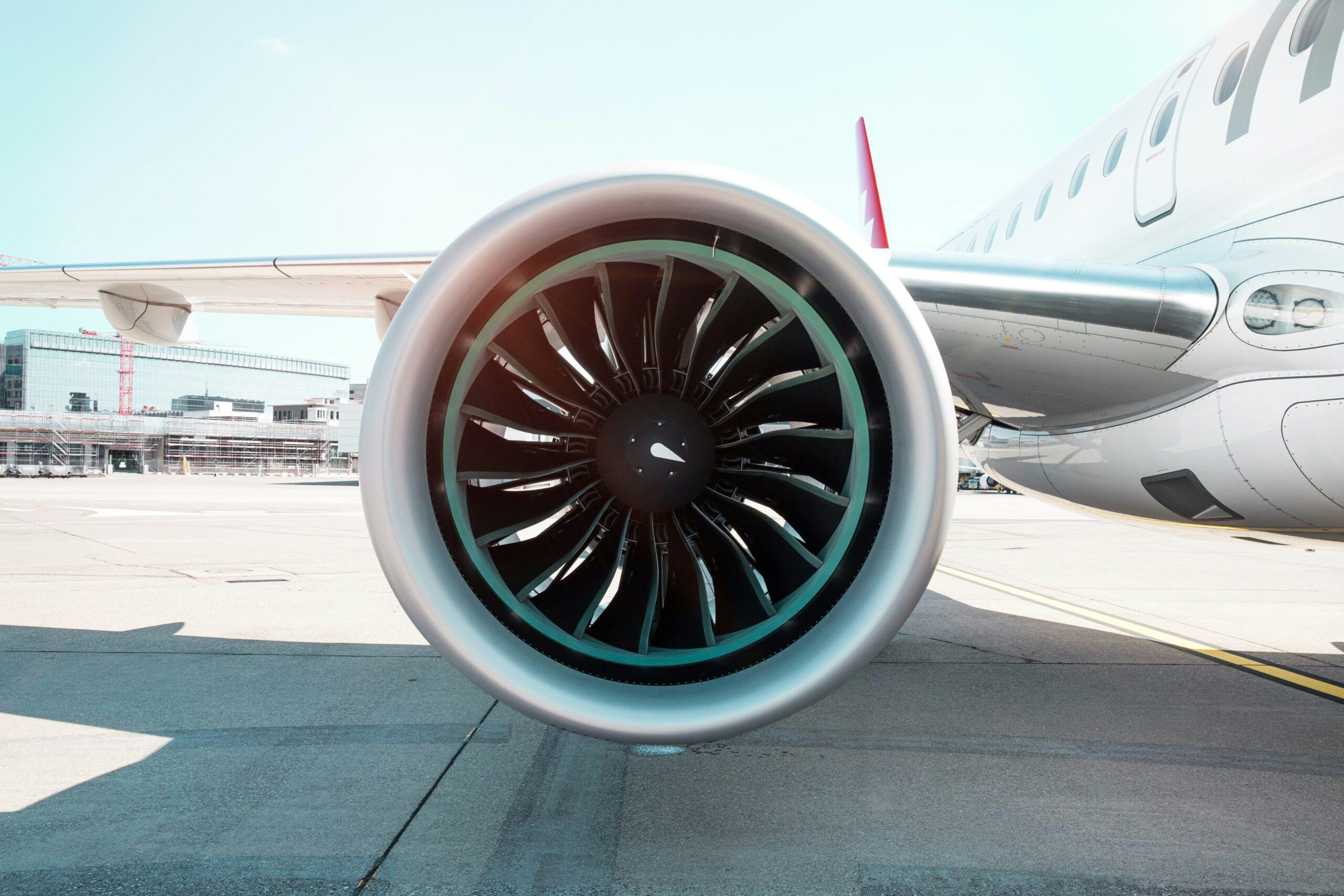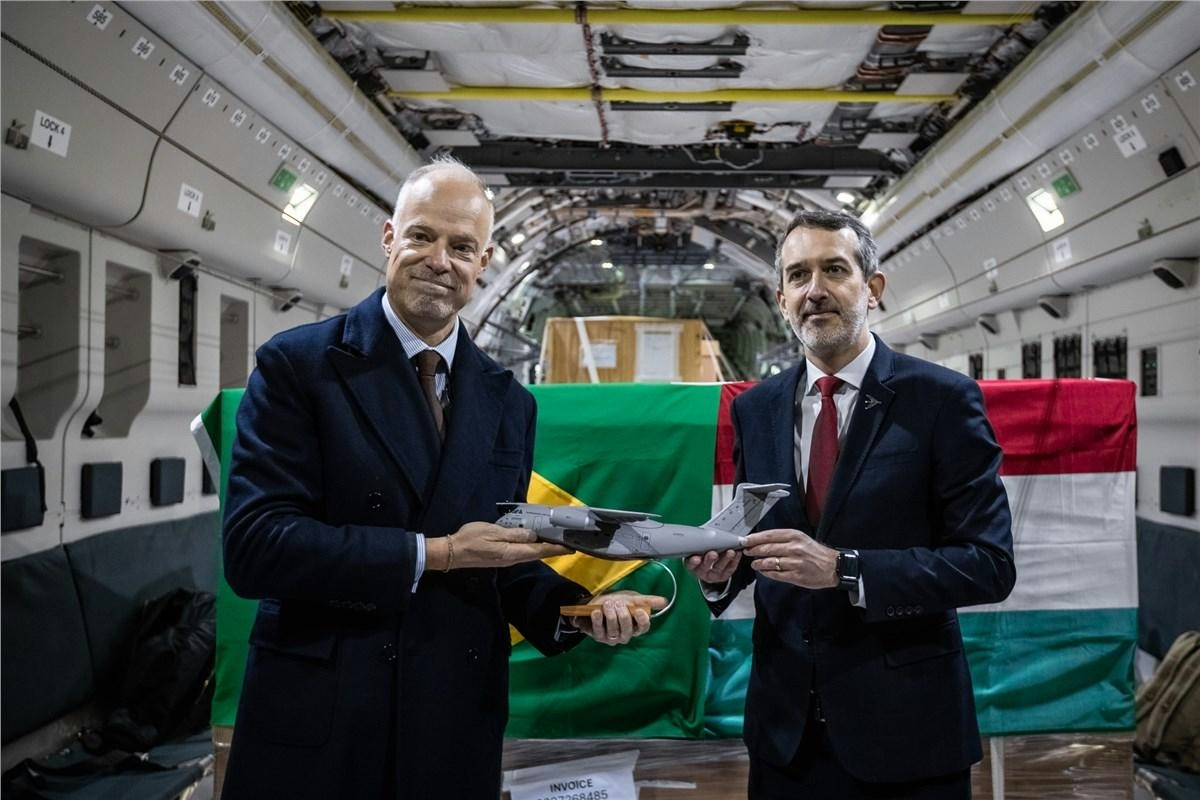
AeroGenie — Uw intelligente copiloot.
Trending
Categories
WWII Spitfire Makes Emergency Landing After Engine Failure

WWII Spitfire Makes Emergency Landing After Engine Failure
A World War Two-era Spitfire was compelled to execute an emergency landing in a Kent field following an engine failure mid-flight, according to a report by the Air Accidents Investigation Branch (AAIB). The incident occurred on 3 May near West Hythe and was attributed to the probable age-related failure of a gasket within the aircraft’s fuel system.
Details of the Incident
The AAIB investigation revealed that approximately 35 minutes into the flight, the engine of Spitfire MJ627 began to vibrate, subsequently cutting out and emitting dark smoke. The cause was traced to a degraded gasket that led to a fuel leak and a consequent loss of power. The fuel system was found to be at least 70 years old, with no recorded date for its last overhaul.
During the emergency, the pilot, an experienced flying instructor, opted not to lower the landing gear or jettison the canopy, a decision aimed at reducing drag and maximizing glide distance. The aircraft sustained damage to its underside and propeller upon landing, but the pilot emerged uninjured. The passenger, an experienced commercial pilot, suffered only minor bruising and remained calm throughout the ordeal, as noted by the AAIB.
The pilot, flying in formation with another Spitfire, requested that the accompanying pilot issue a mayday call to air traffic control. Fly a Spitfire, the company that owns the aircraft, confirmed that the pilot “identified a suitable landing area and completed the manoeuvre safely and in full accordance with training and established procedures.” Following minor repairs, the aircraft has since returned to service.
Industry Response and Historical Context
In response to the incident, the UK Civil Aviation Authority issued a safety notice underscoring the critical importance of monitoring and maintaining the airworthiness of aging fuel and hydraulic systems in vintage aircraft. Fly a Spitfire expressed full support for the AAIB’s findings and acknowledged the safety notice.
The emergency landing has reignited discussion within the aviation community regarding the maintenance of historical aircraft. Industry experts emphasize that such events often prompt heightened scrutiny of vintage aircraft safety protocols and may lead to broader conversations about the upkeep of heritage planes. Aviation organizations and enthusiasts alike stress the necessity of regular inspections and rigorous maintenance to ensure the continued safe operation of these historic machines.
Spitfire MJ627 itself carries a notable history, having entered service on 25 September 1944 and credited with downing a Messerschmitt Me 109 over Arnhem just two days later. The aircraft has previously been involved in an emergency landing in 1998 and experienced a cockpit canopy detachment during take-off earlier in 2024, though both incidents concluded without serious injury.
As the aviation sector reflects on this latest event, experts advocate for ongoing vigilance and strict adherence to maintenance standards for all vintage aircraft to safeguard both their legacy and operational safety.

Aviation Maintenance, Repair, and Overhaul Sector Set for Growth

Central Florida Emerging as Leading Location for Future Air Taxis

Dassault Aviation and Thales Partner on AI for Future Air Combat

Mexicana MRO Deal Stalls Pending Banorte Extension Approval

Trump's Policy on DEI Raises Concerns Over Aircraft Mechanic Training

Why Boeing’s 747 Lacks a Full Second Deck Unlike the Airbus A380

Deutsche Aircraft Appoints Ernst-Georg Schröder Manager of Final Assembly Line for D328eco

PM to Inaugurate Safran Aircraft Engine Services Facility in India on November 26

Leading Companies in Aviation Artificial Intelligence: Airbus, Amazon, Lockheed Martin, Tata Power, Thales
